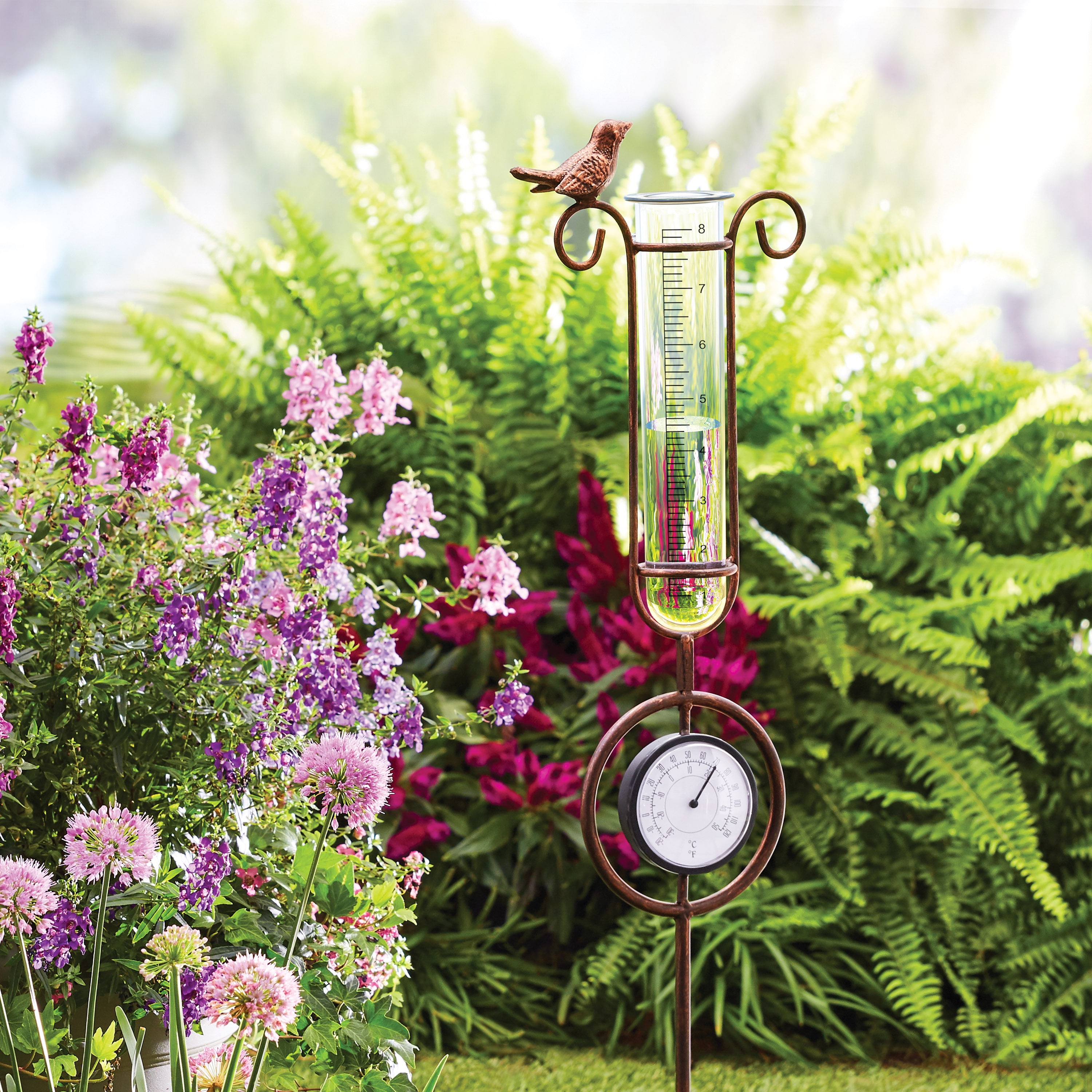The Rain Gauge: Enhancing Agricultural and Environmental Keeping An Eye On Efforts
Wiki Article
DIY Rain Gauge: Straightforward Actions to Make Your Own
Producing your very own Do it yourself rain scale is a reliable and simple way to determine and tape precipitation. With just a couple of typical products and some standard steps, you can easily build your own rain gauge at home. Let's get begun on making your Do it yourself rain scale today!Gather Products
To start constructing your DIY rain scale, collect all the necessary materials making use of a comprehensive list of items. Having the best materials available will make sure the successful development of your rain scale and enable exact dimensions of rains. First of all, you will need a clear plastic container or cylinder, such as a plastic container or container. See to it the container is clear to ensure that you can quickly see the water degree inside. Next, you will require a leader or gauging tape to note the increments on the container. This will certainly enable you to gauge the amount of rains properly. Furthermore, you will certainly require an irreversible pen or water resistant tape to note the dimensions on the container. When subjected to rain, this will certainly make sure that the markings stay visible also. Lastly, you will require a tough base or stake to securely hold your rainfall gauge in area. This can be a wood or metal risk that can be inserted right into the ground or a durable flat surface area to offer stability. Collecting these materials ahead of time will streamline the building and construction process and ensure that you have whatever you need to develop your own do it yourself rain scale.Prepare the Container

Mark the Measurement Increments
To properly determine the quantity of rainfall, precisely noting the dimension increments on your do it yourself rain gauge is necessary. Without clear and specific markings, it would be tough to establish the specific quantity of rainfall accumulated in your rain scale. Right here are the actions to note the measurement increments on your rainfall scale.The most typical units for gauging rains are inches and millimeters. As soon as you have actually picked the system, use a long-term pen or water resistant paint to note the increments on the side of your rainfall gauge.
When noting the increments, it is necessary to ensure that they are uniformly spaced and plainly visible. Utilize a leader or gauging tape to make certain precision and consistency. Furthermore, make certain that the markings are resistant to fading or abrading, as exposure to the Read Full Report components might create them to deteriorate gradually.
Location the Rainfall Gauge Outdoors
The rain gauge should be Click Here positioned outdoors to properly collect rains information. The area chosen for the rainfall scale ought to be open and free from any kind of obstructions that could possibly impact the measurement of rains. The Rain Gauge.Furthermore, it is vital to position the rain gauge on a secure surface, such as a degree ground or a strong blog post. This will certainly protect against any movement or tilting of the scale, which might result in incorrect dimensions. It is additionally suggested to stay clear of putting the scale near any sources of man-made water, such as lawn sprinklers or drainage systems, as this can hinder the accuracy of the dimensions.
Monitor and Document Rainfall Data
Normal tracking and recording of rainfall data is vital for precise information evaluation and interpretation. By keeping track of rainfall dimensions, you can get important understandings into climate patterns, climate trends, and water resource monitoring. To efficiently check and tape-record rainfall information, it is very important to establish a regular and preserve constant techniques.First of all, guarantee that your rainfall gauge is placed in an open area far from challenges such as trees or structures that might obstruct rainfall. Furthermore, make certain the rainfall scale is level and firmly anchored to avoid any kind of check here movement that might influence the accuracy of the measurements.

When recording the rains data, it is essential to note the date and time of each measurement. Utilize a ruler or a determining stick to determine the rainfall deepness in the rain scale, and record this details accurately.
To make certain the precision of the measurements, it is suggested to clear the rain scale after each recording. This will certainly avoid any overflow or evaporation from impacting subsequent dimensions.
Verdict
In final thought, creating a DIY rain scale is a practical and straightforward method to monitor and tape-record rainfall information (The Rain Gauge). By following the steps laid out in this short article, you can quickly collect materials, prepare the container, mark the measurement increments, and put the rainfall gauge outdoors. Routinely monitoring and videotaping rainfall information can give beneficial information for various objectivesHaving the best materials on hand will make certain the effective production of your rain gauge and permit for accurate measurements of rains.To accurately determine the amount of rainfall, precisely marking the measurement increments on your DIY rainfall scale is important.The rainfall scale ought to be positioned outdoors to accurately gather rainfall information. The location chosen for the rainfall scale must be open and free from any obstructions that can potentially affect the dimension of rains.In conclusion, developing a DIY rain scale is a useful and straightforward means to check and tape rainfall data.
Report this wiki page